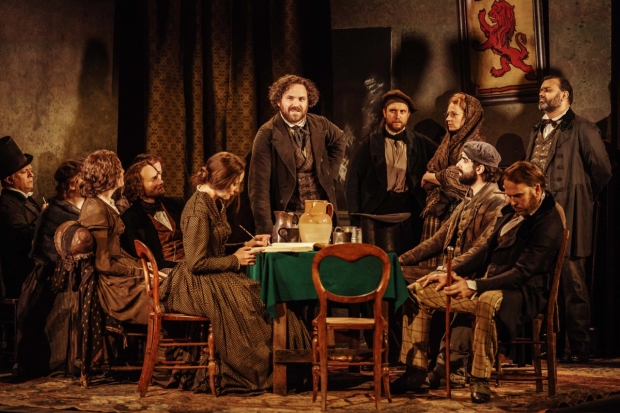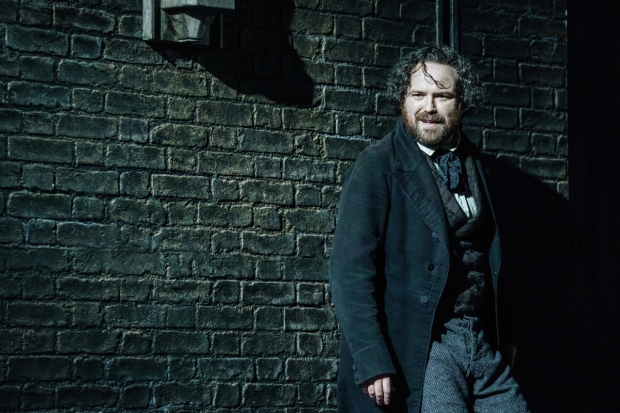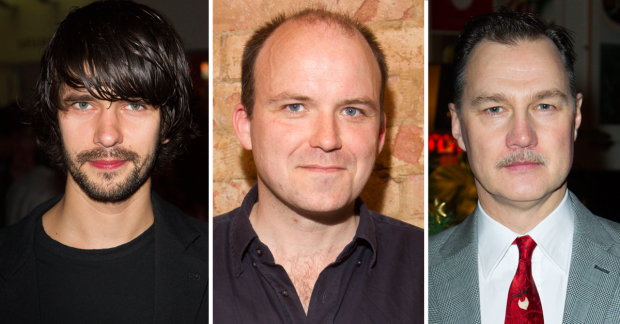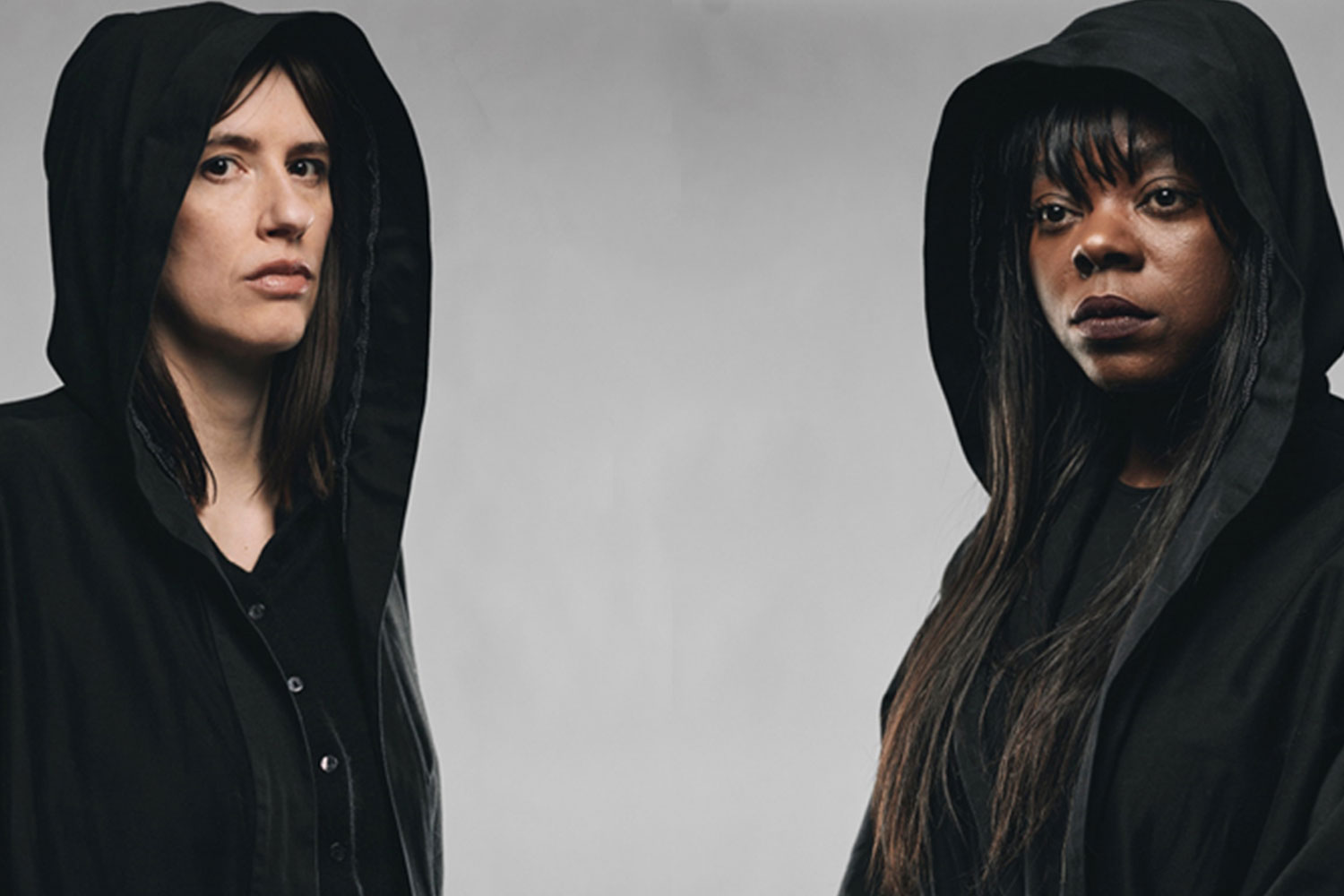The Bridge Theatre has been made for theatre fans rather than just producers

© Haworth Tompkins
As I walked up to the Bridge Theatre, excited at the prospect of seeing my first ever production in the first commercial theatre to open in London for 80 years, Tower Bridge majestically opened to let a tall ship through.
It was magical. The night. The river reflecting the myriad lights of the buildings. The open bridge, the silent glide of the ship. "Nicholas Hytner should get them to do that for every opening night," said my friend Bill Clancy. "It could become a tradition. Like Ralph’s Rocket."
Ralph’s Rocket was the name given to the firework sent soaring skywards by the eccentric actor Sir Ralph Richardson, who used to scramble onto the roof of the National Theatre to let a firework off for each first night.
My friend Bill, was, as it happens, at the 1976 opening night of the National when it moved to the South Bank (he was working there as their first tour guide). That gala included Royalty. The Bridge is not a national institution so its own gala opening featured a more relaxed gathering of actors, directors and writers (Tom Hiddleston, Simon Russell Beale and Maggie Smith among them) with the London Mayor Sadiq Khan giving the event heavyweight political clout.
It is the sheer thrill of a brand new theatre space, with around 900 seats, opening at all
Nevertheless the sense of occasion around this opening is strong. That’s partly because its co-founders Hytner and Nick Starr enjoyed such success when they themselves were in charge of the National as artistic director and executive director until 2015. But it is also the sheer thrill of a brand new stage space, with around 900 seats, opening at all – the eruption of an unfamiliar setting into the familiar and fairly settled landscape of London theatre.
The Nicks showed a group of us reviewers round on press night, and their own pleasure was obvious. Nick Starr pointed out the way that the fire exit signs don’t distract when the lights go down and proudly explained the way in which the distance from the stage edge is only 52ft from the furthest seat creates an auditorium which is sizeable but intimate, allowing a very direct communication between audience and actors. Hytner praised the versatility which means the first three productions can be presented in different configurations. He talked about theatres he has loved which have influenced him – the Dorfman, the Royal Exchange, the new Glyndebourne Opera House.
They have conjured something terrific, both utilitarian yet glamorous, which is quite a feat.
He said he has sat in every seat in the house to check the view; Starr talked nostalgically of a trip to a field in Norfolk to test the way Steve Tompkins' design for Haworth Tompkins would slot together. (This process is caught in Libby Purves’s very enjoyable documentary on the process Planks and A Passion, still available on BBC iPlayer). At a cost of £12 million, they have conjured something terrific, both utilitarian yet glamorous, which is quite a feat.
Obviously, they are lucky that they have embarked on their venture at exactly the point where theatre technology has progressed to enable them to fulfil their vision. Hytner’s vast experience as a director of both theatre and opera has played into the conception of the space.
But what I really love about the Bridge is that the Nicks and their collaborators have approached the building from the viewpoint of members of the audiences, of theatre fans rather than just producers. It’s great that they have put such emphasis on matters such as the number and appearance of the loos (plentiful and well furnished, though as Hytner pointed out apologetically, with hooks on the doors designed for giants).
The public spaces feel expansive, opening their face to the river and the world
I like the catering. It’s lovely to be able to order freshly cooked madeleines for the interval (£4.50 for a plate of six) not least because these are both the kind of treat that you want when you are on an evening out, but also because they fill the lobbies with a beautiful smell of baking. (Always the way to sell a house, I’m told.) There are water fountains everywhere which is excellent. If the tumblers were not plastic, that would be even better.
And I love the public spaces. They feel expansive, opening their face to the river and the world and all those ships passing by in the night. It’s a grand vista without being an intimidating one and I think, given the increased popularity of the South Bank, it will encourage people who perhaps don’t venture into theatres as a matter of course to give this venue a try. (Though I do think Sadiq Khan might ask his mates to improve the signposting. It is not exactly hard to find, but it’s easier to fall across than actually walk towards.)
I have one further thought. The Bridge really feels like a new beginning, full of promise. Yet its actual schedule is very conventional. I applaud the addition of a 3pm Sunday matinee, but I wonder whether there is an argument for being even bolder and scheduling some evening performances at different times. The 7.45pm start time is fantastic for those who are dashing from offices; is there an argument for having a 7pm kick-off once a week for those who want to get home early? Or have a late dinner.
The Royal Opera House has flexible start times; it is one of its most innovative ways of building different audiences. So it would be quite exciting if a commercial theatre had a go. I am sure there are arguments against – but if you want new audiences to come to your beautiful new theatre, then I think everything is up for grabs.













